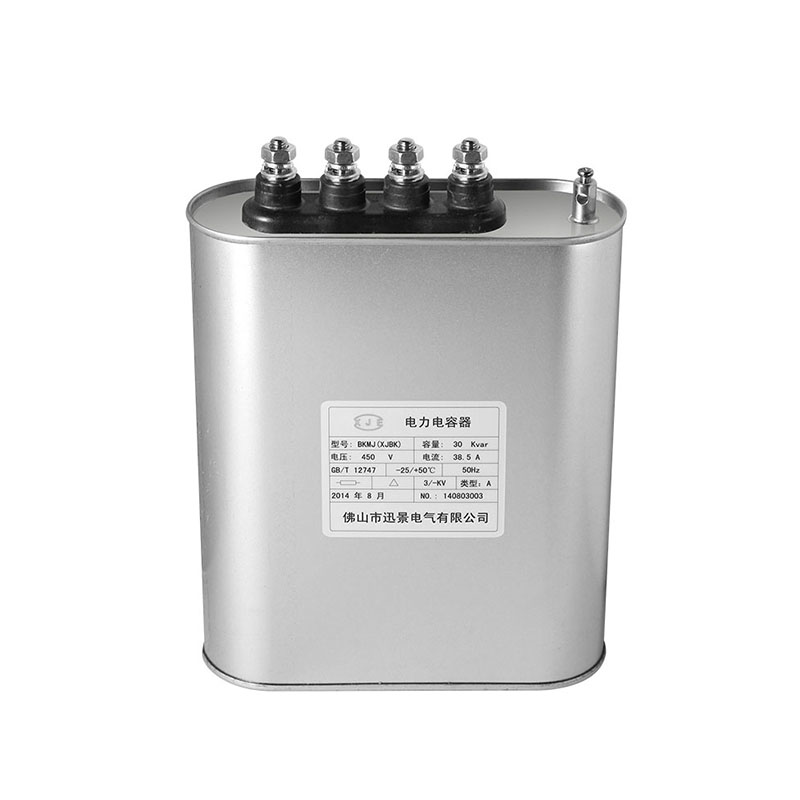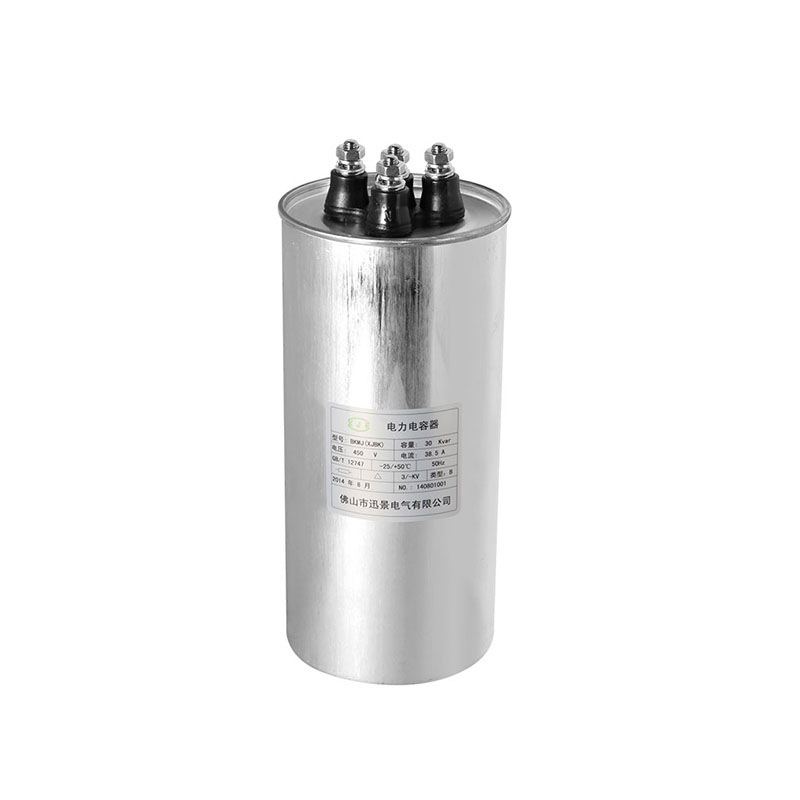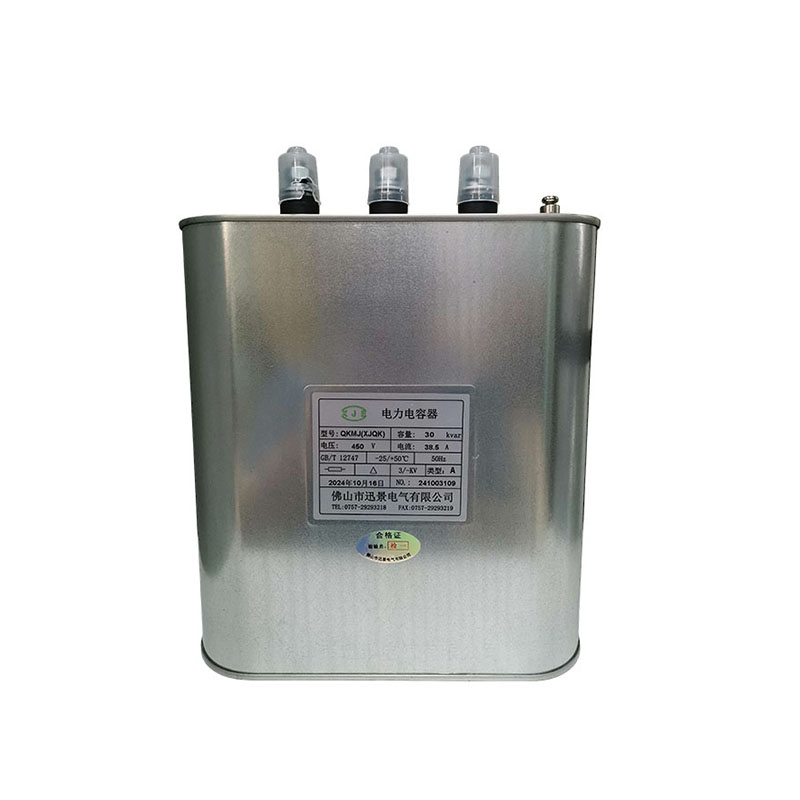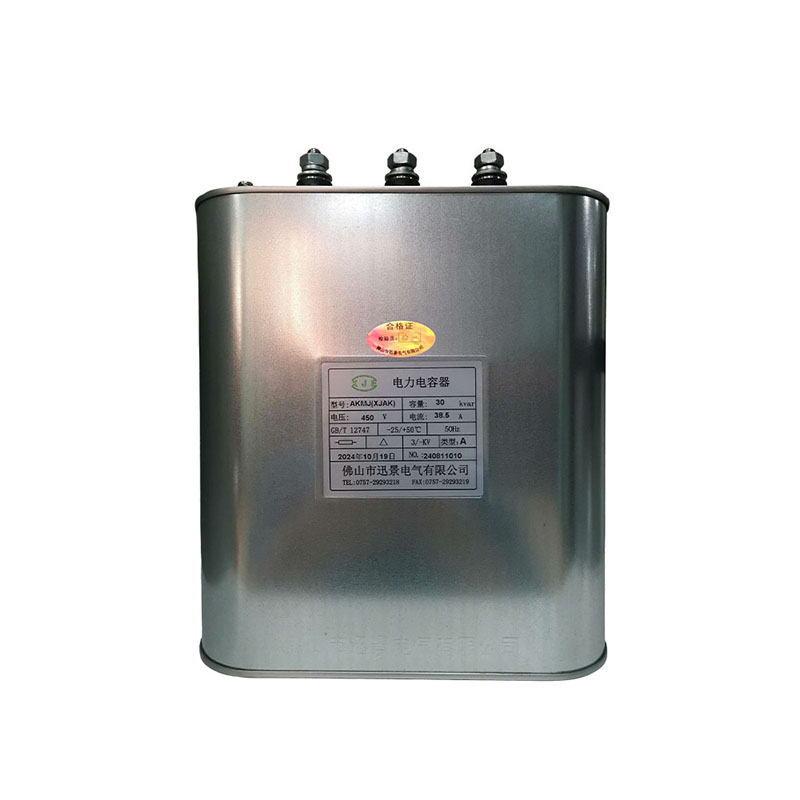-
2025-11-05 2025-11-05
Are Power Capacitors, the "Guardians" of Power Quality, Really Precisely Filtering and Stabilizing Voltage?
Power capacitors, though silent, are the "invisible pillars" of modern power systems. From factory workshops to urban power grids, from new energy power plants to rail transit, power capacitors continuously optimize power quality and improve energy effici -
2025-10-30 2025-10-30
How do power capacitors safely release pressure?
Power capacitors, as indispensable key components in modern power systems, are widely used in reactive power compensation, power factor improvement, voltage stabilization, and filtering. -
2025-10-22 2025-10-22
How do power capacitors quietly improve factory electricity efficiency?
power capacitors" installed in the power distribution cabinet. While not directly involved in production, they silently regulate the quality of the power grid, significantly improving factory electricity efficiency and becoming the "invisible heroes" of e -
2025-10-10 2025-10-10
How do power capacitors provide instantaneous reactive power support to stabilize the system during grid voltage sags?
As a key reactive power compensation device, power capacitors can quickly provide instantaneous reactive power support during voltage sags, effectively suppressing voltage drops and improving system dynamic stability. -
2025-09-23 2025-09-23
What is the mechanism of accelerated insulation aging of power capacitors in high temperature environments?
High temperatures cause the dielectric strength of insulating materials to decrease, making it easier for originally tiny air gaps or impurities to cause discharges. -
2025-09-09 2025-09-09
How does the elliptical shape of a self-healing low-voltage shunt capacitor improve heat dissipation efficiency?
In reactive power compensation devices in power systems, self-healing low-voltage shunt capacitors play a crucial role in improving power factor, stabilizing voltage, and reducing line losses.







